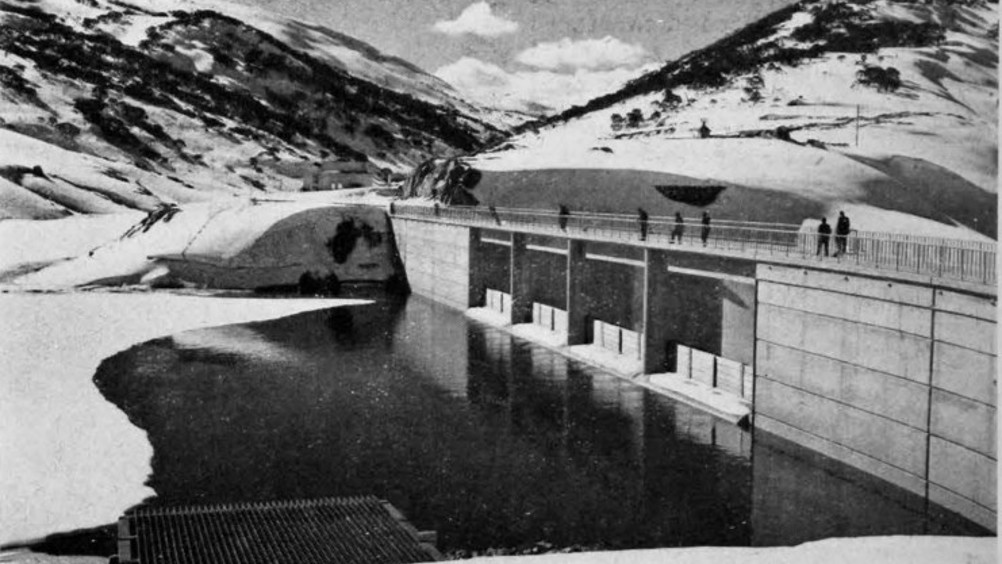September 1960: Australia's Snowy Mountains hydroelectric scheme
Built to provide electricity and irrigation, the Snowy Mountains Scheme has become a symbol of national pride in Australia

Eastern Australia receives around 32 per cent of its renewable energy from a hydroelectricity scheme that took 25 years to build by 100,000 workers from 30 countries.
Developed for energy and irrigation, the Snowy Mountains Scheme consists of nine power stations, 16 major dams, 80km of aqueducts, 145km of interconnected tunnels and is run by Snowy Hydro, which overseas more than 5,500MW of generating capacity across New South Wales, Victoria and South Australia.
In September 1960, The Engineer ran an update on progress of the mega-project, which sought to fulfil nineteenth century ambitions of diverting water from the Murray, Murrumbidgee, Snowy and Tumut rivers to drought-proof parts of New South Wales (NSW) and Victoria. “Construction of the vast complex of reservoirs, tunnels and power stations in South Eastern Australia known as the Snowy Mountains Scheme has been in progress for about a decade,” said The Engineer. “Power generation and irrigation are both important aspects of the scheme, and the aim of the design has been to store the waters of the four main rivers which rise in the area of the scheme, at a high level, at the same time redistributing the flow amongst them, such that substantial additional quantities of water are diverted northwards in the Murray and Murrumbidgee (through its tributary the Tumut) to the regions where irrigation is needed. Because of this dual function, power is generated at low load factors.”
Register now to continue reading
Thanks for visiting The Engineer. You’ve now reached your monthly limit of premium content. Register for free to unlock unlimited access to all of our premium content, as well as the latest technology news, industry opinion and special reports.
Benefits of registering
-
In-depth insights and coverage of key emerging trends
-
Unrestricted access to special reports throughout the year
-
Daily technology news delivered straight to your inbox










Water Sector Talent Exodus Could Cripple The Sector
Well let´s do a little experiment. My last (10.4.25) half-yearly water/waste water bill from Severn Trent was £98.29. How much does not-for-profit Dŵr...